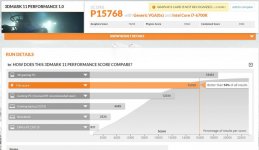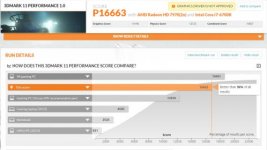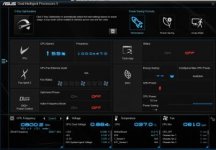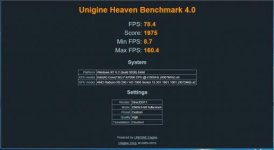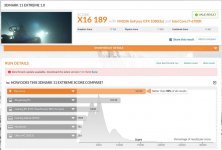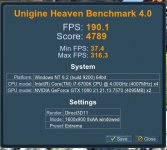Scali
Veteran Member
IA64 was a commercial failure even in high-end markets, long before AMD64.
Depends on who you ask, and what criteria you have. It wasn't the success that HP/Intel hoped it to be, but it did reach the second spot on the top 500 supercomputer list, and it was the 4th most popular CPU architecture in the world.
Of course, by x86 volumes, everything else is a failure.
Besides, the argument was never about commercial success, but about technical merits. Stop shifting the goal posts.
You are missing my point. Because of AMD64 I could do CAD on a "regular" Windows XP box with 16GB of RAM. I no longer needed a "workstation".
You're just fooling yourself.
Even today, 16 GB is not 'standard'. Back in 2007 as you claim, good luck finding a motherboard that even supported that amount of memory. Let's see... That would have been a socket AM2 board. Something like this, with the AMD 580X chipset being AMD's best offer at the time, if I'm not mistaken: http://www.asus.com/Motherboards/M2R32MVP/specifications/
Hey, but it only fits 8 GB max!
Same if you went shopping for nVidia chipsets instead:
http://www.asus.com/Motherboards/M3N72T_Deluxe/specifications/
Back then, 2 GB were the largest supported modules, and the upper-end mainstream boards only supported 4 slots max.
So yes, you'd have to shop in workstation class if you wanted more back in those days. So you were either using a workstation-class Opteron with workstation-class motherboard and chipset... or you were simply lying (didn't I already mention x86/AMD fanboys and their revisionist history? Thanks for proving my point!).
Looks like you needed one of these to get 16+ GB back in those days: http://www.accelertech.com/2007/amd_mb/all_amd_motherboard.php
Nothing is based on hearsay; I lived and worked through the history. You don't want to turn this into a pissing contest.
You already have your foot in your mouth. Never take a knife to a gun fight.
Last edited:

